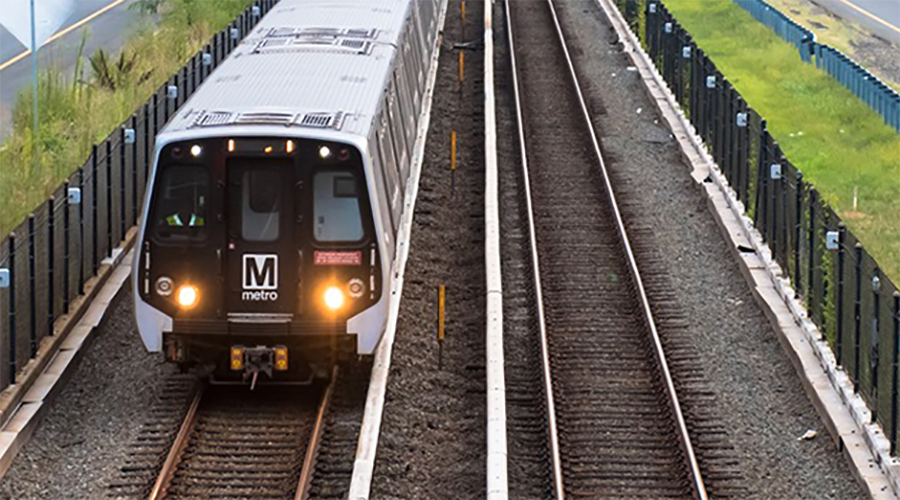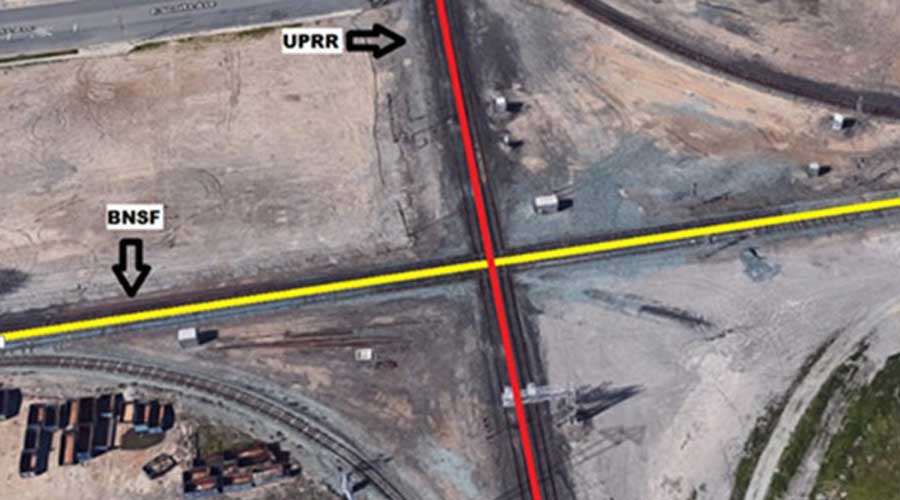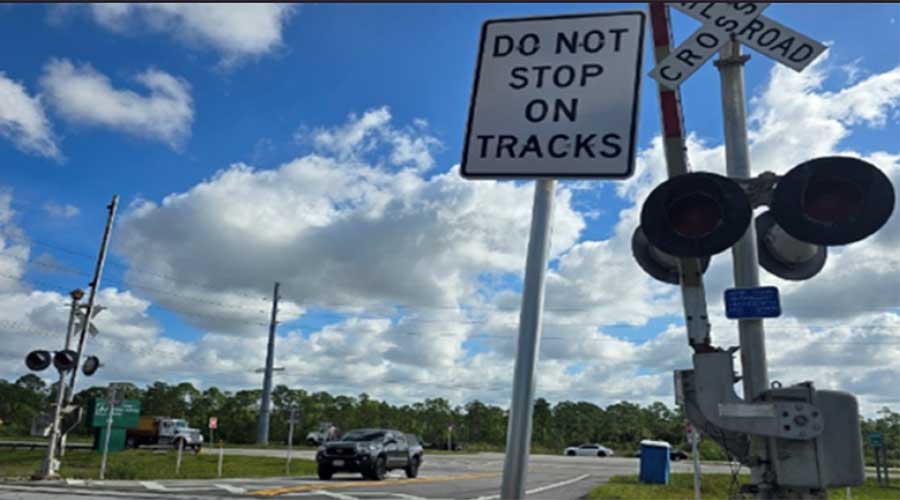Newsletter Sign Up
Stay updated on news, articles and information for the rail industry
Stay updated on news, articles and information for the rail industry
RAIL EMPLOYMENT & NOTICES
Rail News Home
Rail Industry Trends
Rail News: Rail Industry Trends
U.S. freight railroads received a first-ever grade on the overall state of their infrastructure from the American Society of Civil Engineers (ASCE) and it wasn't a particularly good one — a C-.
Today, ASCE released its 2005 "Report Card for America's Infrastructure," which assigns a cumulative D grade to the condition of the nation's infrastructure. Since the organization's previous report card was released in 2001 — showing a cumulative grade of D+ — the country's roads, bridges, drinking water systems and other infrastructure have shown little or no improvement, ASCE officials said in a prepared statement.
Now, the organization is assessing freight-rail infrastructure, too. For the first time since World War II, limited rail capacity has created significant chokepoints and delays, ASCE said.
"This problem will increase as freight-rail [traffic] is expected to increase at least 50 percent by 2020," the report states. "In addition, the use of rail for inter-city passenger and commuter-rail service is increasingly being recognized as a worthwhile transportation investment, [so] a combined investment of $12 billion to $13 billion per year is needed to maintain existing rail infrastructure and expand for future growth."
Meanwhile, transit infrastructure was graded a D+ compared with a C- in 2001.
"Transit use increased faster than any other mode of transportation — up 21 percent between 1993 and 2002," the report states. "Yet, many transit properties are borrowing funds to maintain operations, even as they are significantly raising fares and cutting back service."
Overall, the nation needs to invest $1.6 trillion during the next five years to remedy current and looming infrastructure problems, ASCE estimates — an amount that doesn't address infrastructure security needs.
The report card assesses 12 infrastructure categories graded in 2001 as well as three new categories: rail, public parks and recreation. An advisory council comprising 24 civil engineers evaluated each category based on condition and performance (as reported by federal sources), capacity vs. need, and current and pending state, local and federal funding vs. needs.
3/9/2005
Rail News: Rail Industry Trends
Condition of U.S. freight-rail infrastructure rates a low passing grade, civil engineering society says
advertisement
U.S. freight railroads received a first-ever grade on the overall state of their infrastructure from the American Society of Civil Engineers (ASCE) and it wasn't a particularly good one — a C-.
Today, ASCE released its 2005 "Report Card for America's Infrastructure," which assigns a cumulative D grade to the condition of the nation's infrastructure. Since the organization's previous report card was released in 2001 — showing a cumulative grade of D+ — the country's roads, bridges, drinking water systems and other infrastructure have shown little or no improvement, ASCE officials said in a prepared statement.
Now, the organization is assessing freight-rail infrastructure, too. For the first time since World War II, limited rail capacity has created significant chokepoints and delays, ASCE said.
"This problem will increase as freight-rail [traffic] is expected to increase at least 50 percent by 2020," the report states. "In addition, the use of rail for inter-city passenger and commuter-rail service is increasingly being recognized as a worthwhile transportation investment, [so] a combined investment of $12 billion to $13 billion per year is needed to maintain existing rail infrastructure and expand for future growth."
Meanwhile, transit infrastructure was graded a D+ compared with a C- in 2001.
"Transit use increased faster than any other mode of transportation — up 21 percent between 1993 and 2002," the report states. "Yet, many transit properties are borrowing funds to maintain operations, even as they are significantly raising fares and cutting back service."
Overall, the nation needs to invest $1.6 trillion during the next five years to remedy current and looming infrastructure problems, ASCE estimates — an amount that doesn't address infrastructure security needs.
The report card assesses 12 infrastructure categories graded in 2001 as well as three new categories: rail, public parks and recreation. An advisory council comprising 24 civil engineers evaluated each category based on condition and performance (as reported by federal sources), capacity vs. need, and current and pending state, local and federal funding vs. needs.


 2025 MOW Spending Report: Passenger-rail programs
2025 MOW Spending Report: Passenger-rail programs
 Gardner steps down as Amtrak CEO
Gardner steps down as Amtrak CEO
 Guest comment: Oliver Wyman’s David Hunt
Guest comment: Oliver Wyman’s David Hunt
 Women of Influence in Rail eBook
Women of Influence in Rail eBook
 railPrime
railPrime







